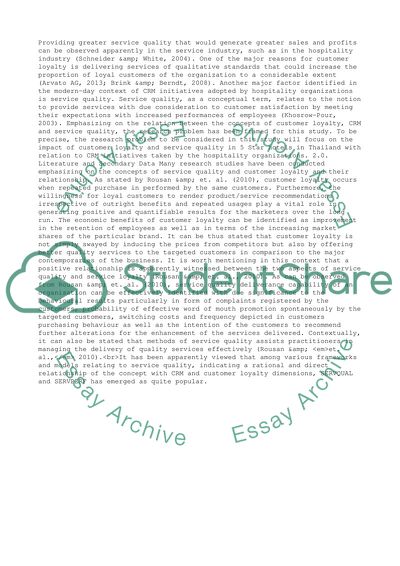Cite this document
(“Research methods Essay Example | Topics and Well Written Essays - 2500 words”, n.d.)
Research methods Essay Example | Topics and Well Written Essays - 2500 words. Retrieved from https://studentshare.org/business/1478582-research-methods
Research methods Essay Example | Topics and Well Written Essays - 2500 words. Retrieved from https://studentshare.org/business/1478582-research-methods
(Research Methods Essay Example | Topics and Well Written Essays - 2500 Words)
Research Methods Essay Example | Topics and Well Written Essays - 2500 Words. https://studentshare.org/business/1478582-research-methods.
Research Methods Essay Example | Topics and Well Written Essays - 2500 Words. https://studentshare.org/business/1478582-research-methods.
“Research Methods Essay Example | Topics and Well Written Essays - 2500 Words”, n.d. https://studentshare.org/business/1478582-research-methods.


